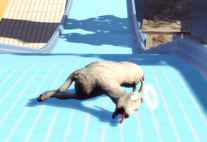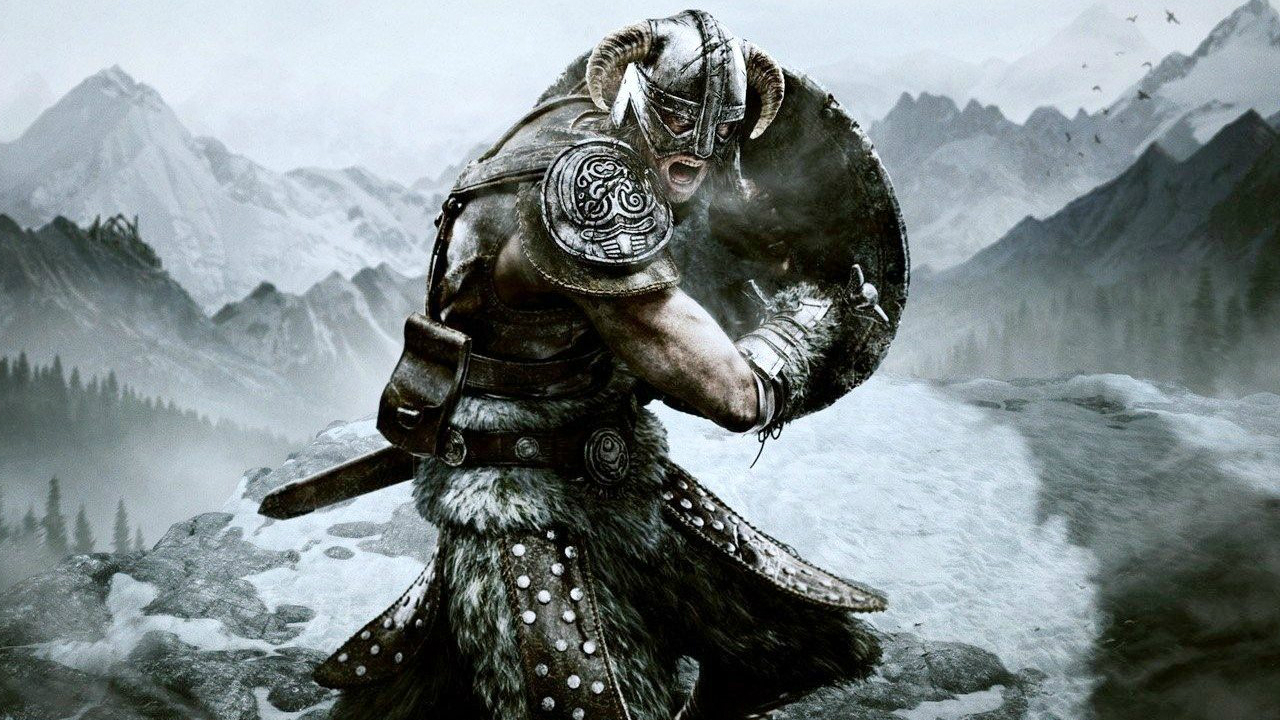
This interview was conducted by Xbox: The Official Magazine
Bethesda Softworks have been around since 1986 and seem to get more ambitious every year. After giving us two of the most acclaimed games of the last generation (Fallout 3 and Skyrim), they’ve since acquired developers that gave us Xbox One favourites Wolfenstein: The New Order, The Evil Within and 2016’s Doom. We talked to the studio’s vice president, Pete Hines, about how they expanded, and asked the secret to realising a great idea’s potential.
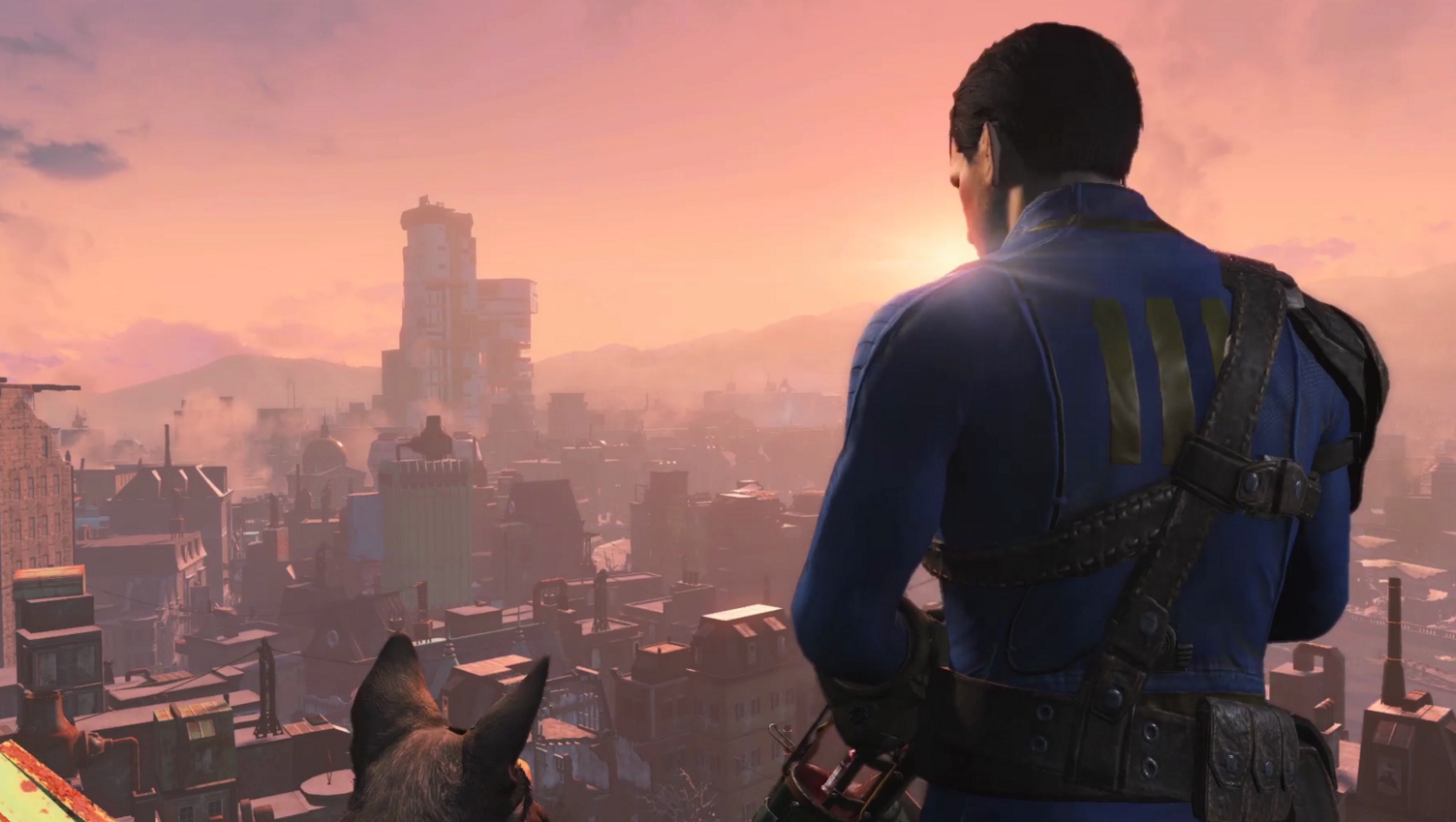
OXM: Ten years ago, people might have seen Bethesda as being just ‘the RPG guys’. Now you’ve become this huge pantheon of creativity with a lot of unique, quite risky projects for a company of your size. Where did that come from?
Pete Hines: I think Bethesda was known as the RPG guys mostly because, rightfully so, the best and most accessible stuff that we’d done was The Elder Scrolls. Then that evolved into The Elder Scrolls and Fallout. But even then we were trying to work on different things with developers we thought had an interesting take or were doing something a little different.
Obviously they didn’t all achieve the same level of success as Bethesda Game Studios had done. But when you talk about what id Software did with Doom, or Machine Games rebooting and giving a fresh take on Wolfenstein, or Shinji [Mikami] starting a studio with Tango and kind of going almost old-school with The Evil Within... I think we’ve tried to find and work with developers who buy into that same basic philosophy, which is that we want to do things that have a different take or try something new. Things that aren’t just saying, “Well everyone’s doing X, so we’re going to do X too.” And you’re now seeing the continuing maturation and execution of that idea.
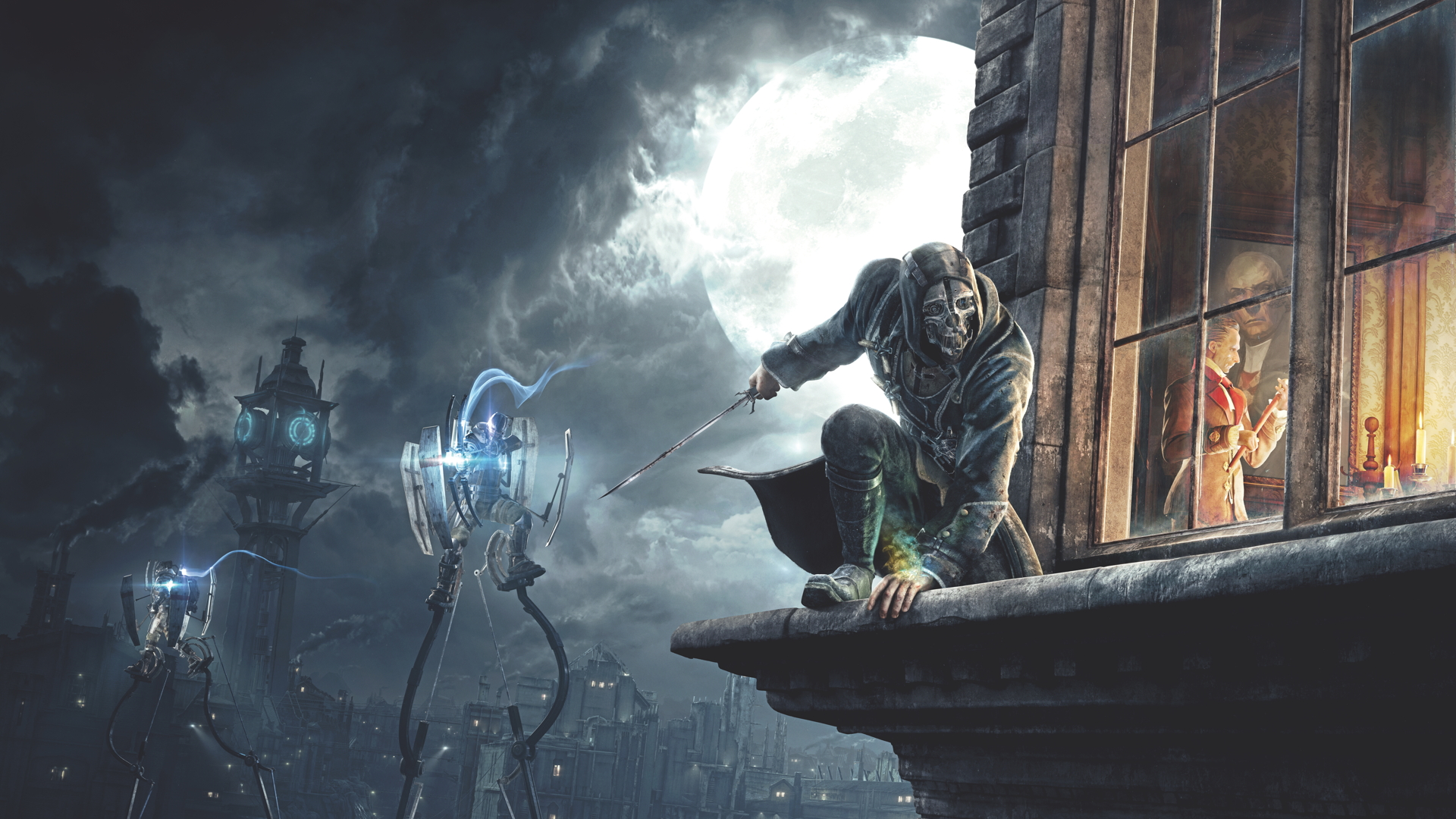
OXM: The approach is to find the guys who want to do something different and that you can facilitate ways to do that.
PH: Yeah, it’s not like we’re working with Arkane and asking them to make racing or rugby games. We’re like, “Look, you do really cool, immersive, system-based first-person games.” Dishonored was just the evolution of the stuff that they had done previously, and now the first look you’ve seen at what they’re doing with Prey is very similar. It’s doing some things that are different and cool and unique, but at its core it’s still immersive, first-person, systems-based, non-scripted stuff that encourages player exploration and making choices. And that all ties in – I think very well – with what we feel like our identity is at Bethesda.
Sign up to the GamesRadar+ Newsletter
Weekly digests, tales from the communities you love, and more
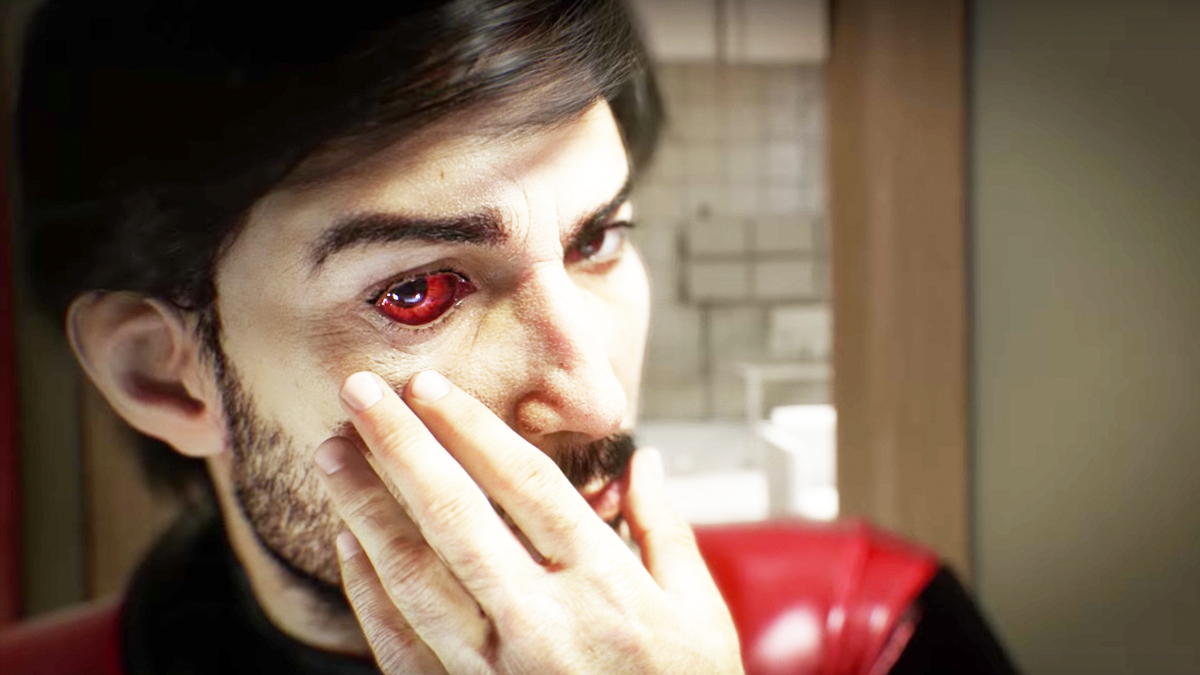
OXM: Once you’ve found a studio you want to work with, what’s the benchmark for a game pitch? What values do you look for?
PH: I had a pitch a long time ago that I came up with – keep in mind we went from working with almost exclusively third-party developers, plus the one studio we had, and now we work with mostly internal – although we do have a couple of external. But my pitch to devs before was for when they came in with these presentations where they were pitching the bulletpoints on the back of the box. I was like, “Guys, stop! Here’s what needs to happen. You need to sell just one copy. You need to sell me on the idea of what it is you make. If you can sell me on the idea, I will go sell all the rest of the copies. So don’t start designing for everybody else, or say, “We have to have multiplayer,” or, “It needs to have co-op,” or, “It needs to have this feature.” Don’t design the game based around the bulletpoints you think need to be on the back of the box. Just sell me on something you guys are excited or feel passionate about and we’ll figure out how to find the audience. If we think it’s cool, we’ll figure out how to sell that idea to everybody else.”
And I still think I hold to that approach. I don’t want you to put a feature in the game because you think it’ll sell more copies or it’ll go over well with the sales team. You need to make something that you really believe in, that’s doing something cool or interesting or unique, because if the developer’s really invested in what they’re making, it always comes through.
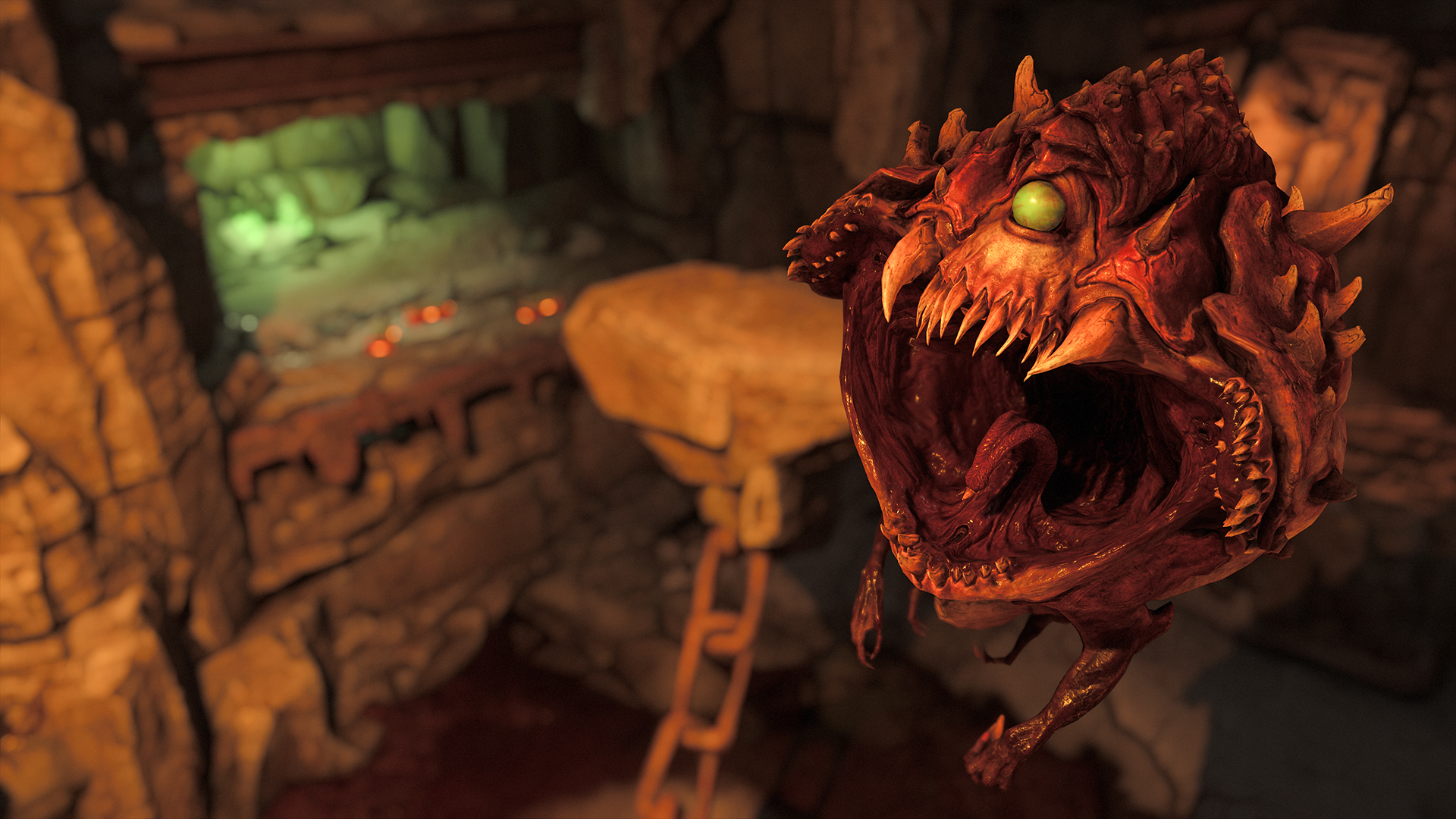
OXM: Considering the vast budgets you’re working with, you seem unusually happy to take as long as it takes to get the game right. If you look at the way Doom was rebooted halfway through development and the way Prey has been redeveloped several times...
PH: I get your point. I don’t think we’re unusually happy! *laughs* We are still a company. We do have to pay salaries and keep the lights on and it’s not like we take these things lightly or easily. Games are hard to make and sometimes things happen. But we never take that stuff like, “Oh, it’s fine, take as long as you want.” No, we have a business and we need to try and make money on this and pay everybody on time. So we don’t take that stuff lightly. But we do believe that, ultimately, if the game isn’t good and isn’t right, then this has all been for nothing. If it’s not ready, if it’s not what it needs to be, then we don’t feel like we have any other choice. We don’t feel like it is an option or a choice to put out something that is half- baked or not all the way there.
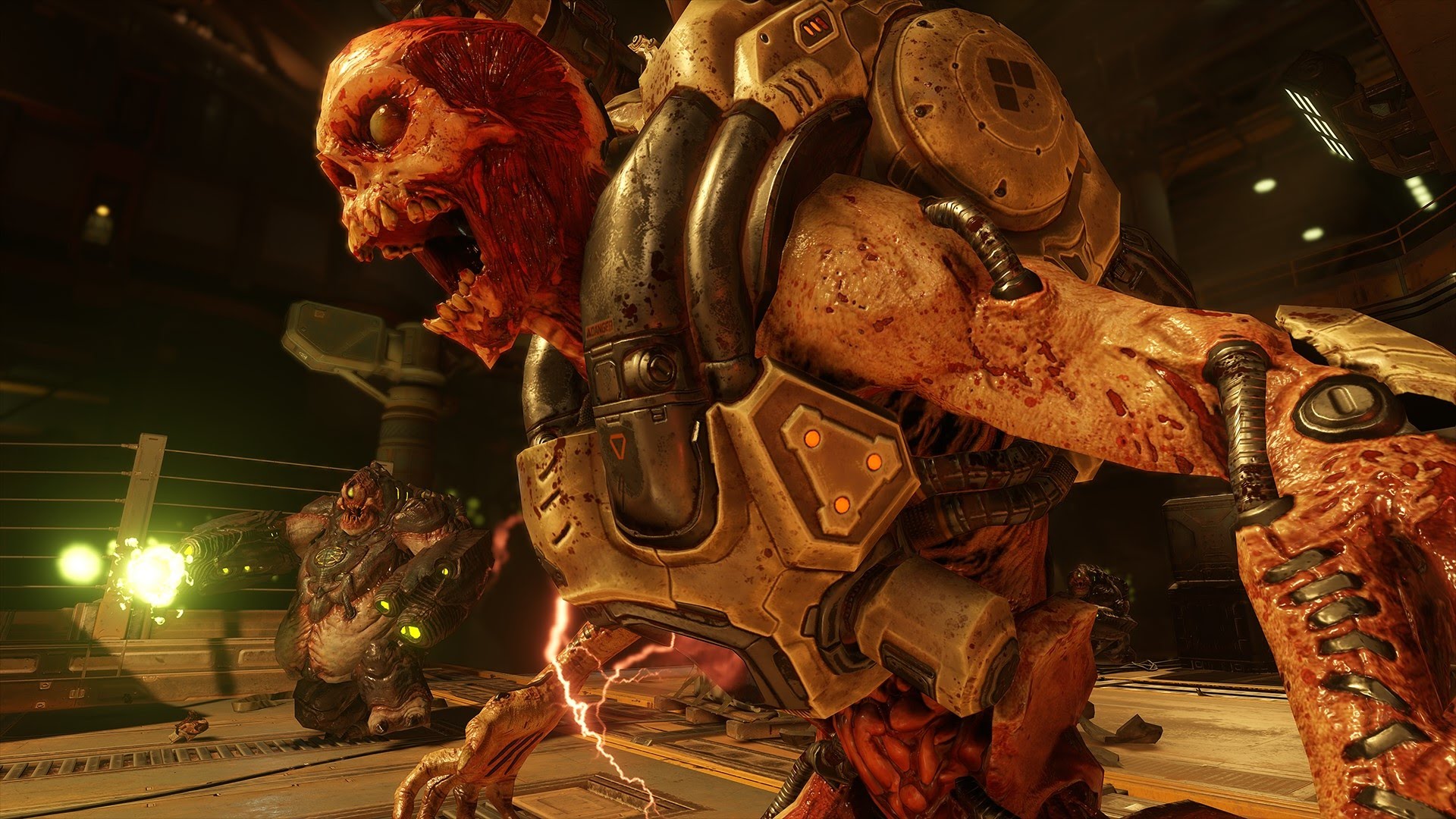
OXM: So in terms of Prey and Doom, which are the most high profile reworks recently, what was it about the new pitch on those that made you think, ‘Yeah, we can delay this’?
PH: With Doom it was a tipping point that we reached where we looked at it and said, “This game is not hitting the marks it needs to hit.” And it wasn’t just Bethesda, it was id coming to us and saying, “It’s not that it’s not a good game or an okay game, but it’s just not Doom. It’s veered from the things that we think Doom should be about.” And again, it’s not like we were happy about it! We essentially cancelled a game. That’s what we did. We cancelled a thing that people had spent a long time working on and we’d spent a lot of money to get to that point and then we cancelled it and basically started over. Which is never easy to do. But it was because we believed in and agreed with the notion of: if this is going to be a success, if it’s going to be worth all this time and effort, then it has to be the right thing, executed the right way.
In the case of Prey, it’s not like Raph [Raphael Colantonio, President of Arkane Studios] had multiple pitches or multiple versions. It was about them wanting to do something. What they’re working on has nothing to do with the other stuff that has preceded it. They had no involvement in Prey 2 whatsoever. And that game has nothing to do with what they’re making. When they started the process, all that stuff was done and we knew where it was. At some stage in Prey 2’s development, we had to say, “Look, this is not going to get there and we don’t have a good path going forward, so we’re just going to have to call a spade a spade and say this isn’t going to proceed anymore.” That didn’t have anything to do with what [Arkane] were coming up with or any of that stuff.
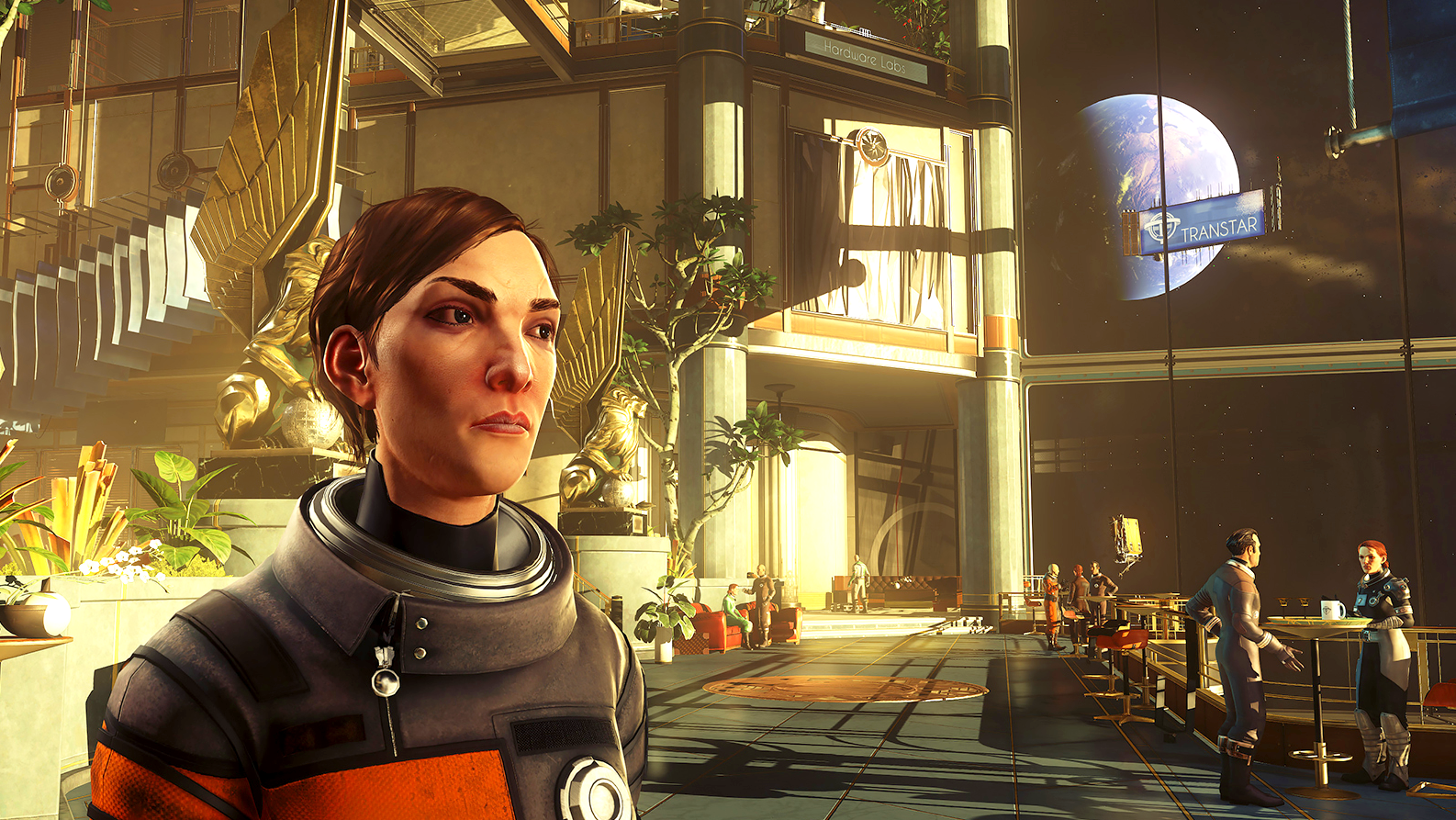
But in each of the cases it boiled down to these guys coming up with a vision that they were able to say, “Here’s what we want to do, here’s what we want to make, here’s why we think it’s going to be great.” And with Doom, that is the implementation of the idea that they came to us with initially. Which is, “We think we can make something that is fast and visceral and different – unique in a way that this genre, quite frankly, could use.”
In the case of Prey it was, “We have an idea for the core concept of this franchise boiling down into ‘aliens are hunting you and you are trying to survive’. But we’re going to reimagine it. We’re going to do a completely new and different take.” And we’ve shown the first sneak of that and it’s different from what you might’ve had in your head, or what previous efforts in the franchise looked like, but it is entirely their own vision and we’re really excited about it.
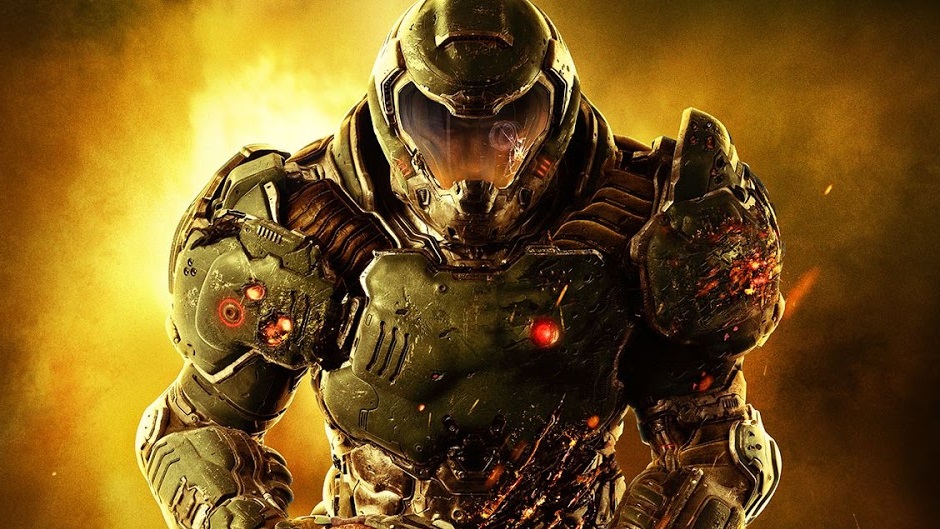
OXM: QuakeCon has effectively become a BethesdaCon over the years. But at the same time it’s still embraced by fans and has a festival vibe. How have you managed to grow it without losing that vibe?
PH: We were very careful and continue to be very careful to not change what made QuakeCon QuakeCon. It’s already great. Every year we just look to make little tweaks or changes and if it doesn’t work out as well as we liked, we don’t do that next year. Let’s do it this other way, or see what other suggestions people had to improve or make things better. It’s just that. It’s no different, honestly, from game development.
People are always like, “What are your future plans for Bethesda?” Honestly, my future plans are to do what we did last time, only better. It’s not like we have to go in some completely different direction, make pinball games or whatever. We make games; let’s make the next one better. Let’s figure our new and interesting ways to market it and connect with our fans.
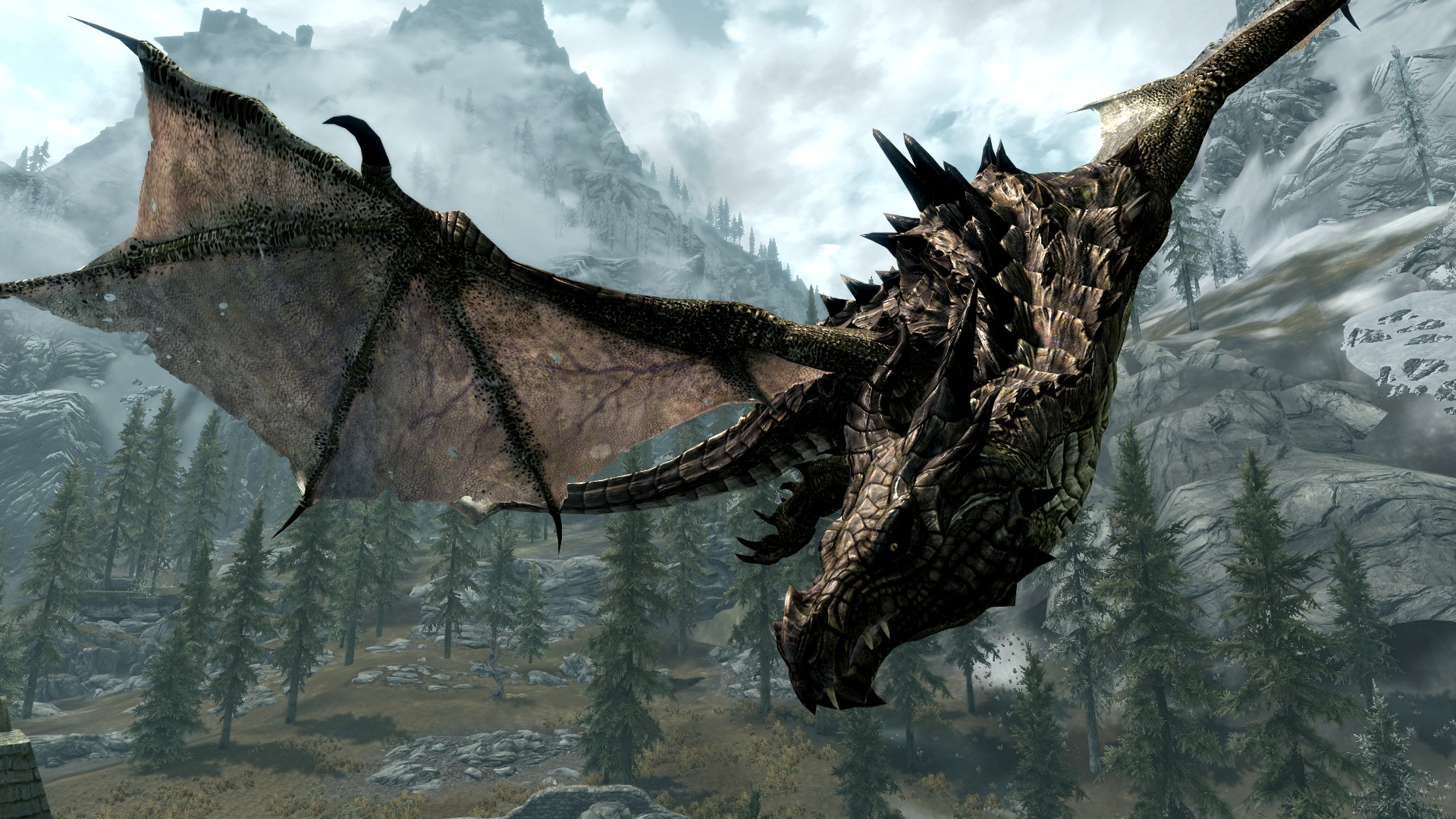
OXM: You’ve got some big-name games and you’ve never really fallen into the remake culture that a lot of people are getting into. Skyrim Special Edition feels like a one-off. Would you say that’s true, are you more about moving forward?
PH: Generally speaking, yeah. We did one for Dishonored but that was a unique case where it was a new IP at the very end of the last generation of consoles. So remastering it and bringing it to this gen wasn’t a ton of work and it made a lot of sense given the proximity of those two. Skyrim was more about the work that Bethesda Game Studios had done in the early days of getting ready for Fallout 4 on this generation of consoles – moving the Skyrim engine and doing some work to run it on this generation of consoles just to see how it worked, and so forth, before they started doing all their Fallout stuff. It’s the most recent thing they did.
Plus the mod support on consoles that we did for Fallout 4 – being able to bring that to Skyrim seemed like a pretty cool idea. But these things take time, it takes effort and manpower. Generally speaking, our approach has usually been that instead of spending all this time on a thing we’ve already made, why don’t we instead spend that effort on something new, or on the next version of that thing?
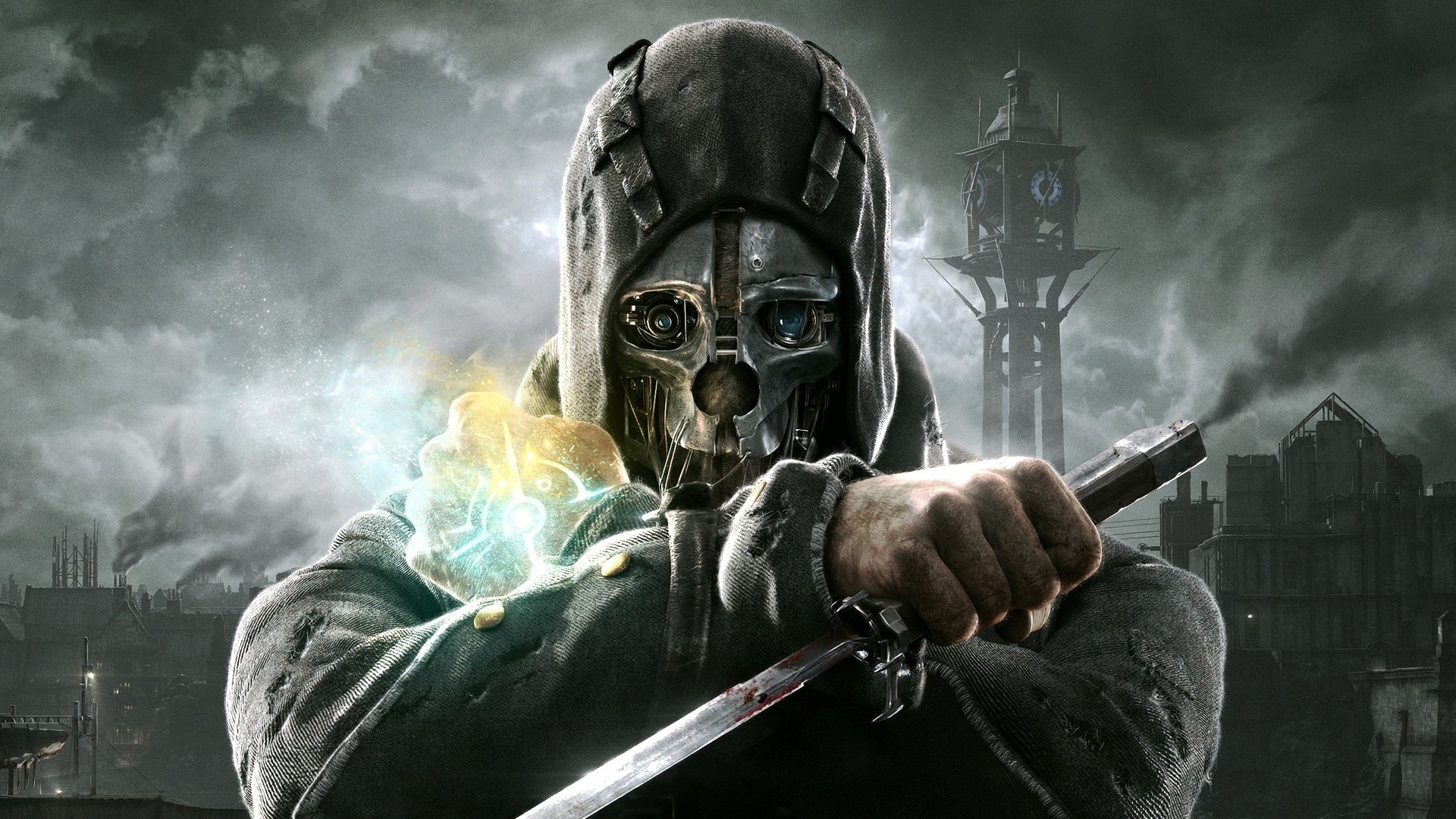
OXM: You’ve got the FPS, you’ve got the RPG, the creative action games, the MMO. Is there anything you feel you’re missing that you want to move into next?
PH: It’s really more about the idea and who’s gonna do it. I could spitball any number of ideas. That’s why someone saying, “I have an idea for a game!” never means very much. Yeah, I have a thousand developers at my company, all of whom have ten ideas for games! Ideas are a dime a dozen. It’s the execution of that idea and the ability to execute it that really matter. So ultimately what we do next and where we go next is going to boil down to the right idea and the right folks to do it.
So that really comes from the developers themselves. It comes from the Arkanes and the Machine Games and the Tangos and Bethesda Game Studios saying, “Here’s our idea for where we want to go next,” or, “This is what we want to do and this is why we think it’s going to be cool.” It goes back to my previous point, which is that if you can sell that one copy, if you can sell us on the idea that this is awesome and fun and I’m like, “That’s awesome, I have to have that game!” then we’ll figure out how to sell it and make it a success with everybody else.
This article originally appeared in Xbox: The Official Magazine. For more great Xbox coverage, you can subscribe here.
Tom was once a staff writer and then Games Editor for Official Xbox Magazine, but now works as the Creative Communications Manager at Mojang. He is also the writer and co-creator of How We Make Minecraft on YouTube. He doesn't think he's been truly happy since he 100% completed Rayman Legends, but the therapy is helping.
